1. Overview: Understanding Plasticity
Plasticity, a remarkable property observed in various materials and biological systems, reflects the ability to adapt and reshape under external influences. From neuroscience to material science, **plasticity** plays a pivotal role in innovation and understanding complex phenomena. This article delves into the methods of detecting and analyzing plasticity with precision and reliability, offering insights into its far-reaching implications.
2. Sampling for Plasticity Detection
Accurate detection begins with careful selection and preparation of samples. In material science, this could involve polymers or alloys known for their adaptable characteristics, while in biological studies, it could mean nerve cells or tissues. The key lies in ensuring that the **samples are uncontaminated** and representative of the system under investigation. For biological systems, samples are often preserved using cryogenic methods, while materials undergo polishing or etching to prepare for microscopic analysis.
3. Key Parameters in Plasticity Analysis
Plasticity detection focuses on several core parameters:
- Elastic Deformation Limit: Measuring how much a material can stretch before permanent deformation.
- Hysteresis Behavior: Tracking energy loss during repetitive stress cycles.
- Structural Adaptation: Observing microstructural changes under stress in materials or adaptive neural responses in biological systems.
4. Instruments for Plasticity Detection
The tools used for plasticity analysis are as critical as the methods themselves. Common instruments include:
- Atomic Force Microscopes (AFM): Ideal for analyzing surface-level adaptations in materials.
- Scanning Electron Microscopes (SEM): Provide detailed imagery of microstructural changes.
- Dynamic Mechanical Analyzers (DMA): Quantify mechanical properties like stiffness and damping.
- Electrophysiological Equipment: Record neural plasticity by measuring electrical activity in neurons.
5. Methods for Plasticity Analysis
Plasticity detection employs a range of scientific methodologies:
- Stress-Strain Testing: Evaluates material responses under controlled mechanical loads.
- Time-Lapse Imaging: Captures real-time changes in biological or material structures.
- Neuroimaging Techniques: Includes functional MRI or two-photon microscopy to observe neural adaptations.
- Dynamic Cyclic Testing: Measures repetitive adaptability in materials under oscillating stress.
Conclusion
Plasticity remains a fascinating and versatile concept, influencing fields as diverse as neuroscience, material engineering, and environmental science. By employing **scientific detection methods**, researchers and engineers can unlock its full potential, paving the way for groundbreaking innovations and a deeper understanding of adaptability in nature and technology.




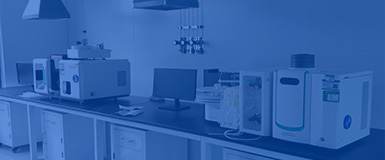
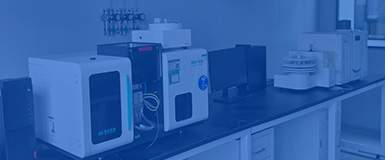


 第三方检测机构
第三方检测机构





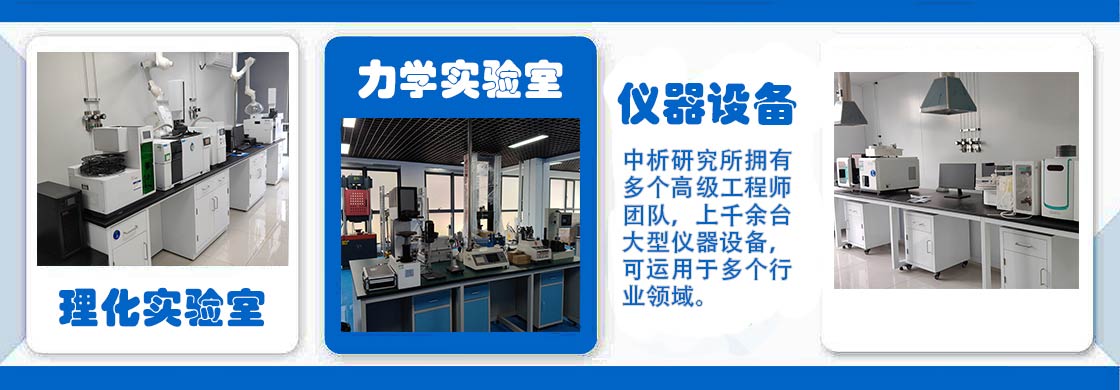





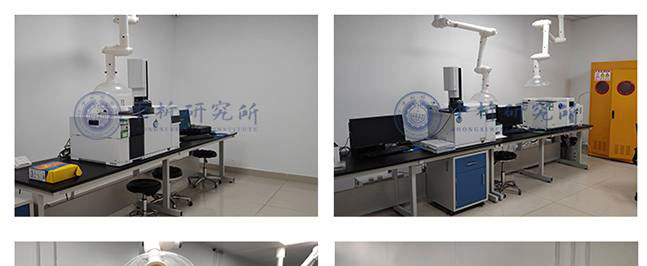
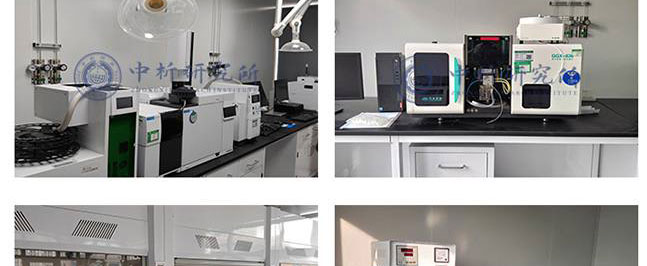
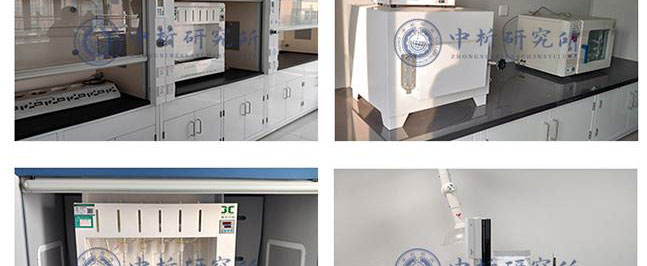
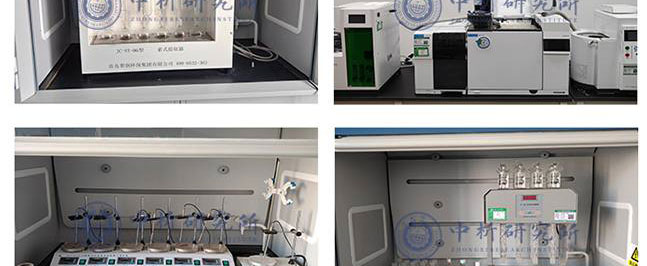
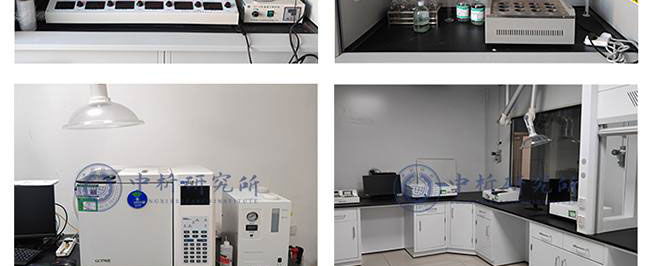
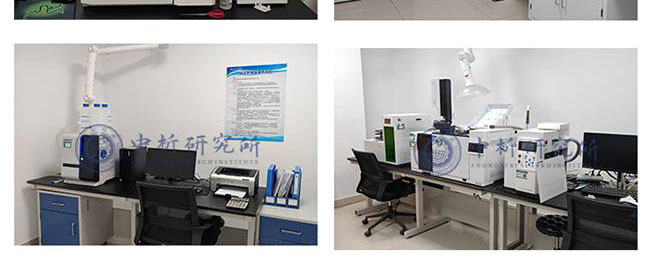

















 备案号:
备案号: